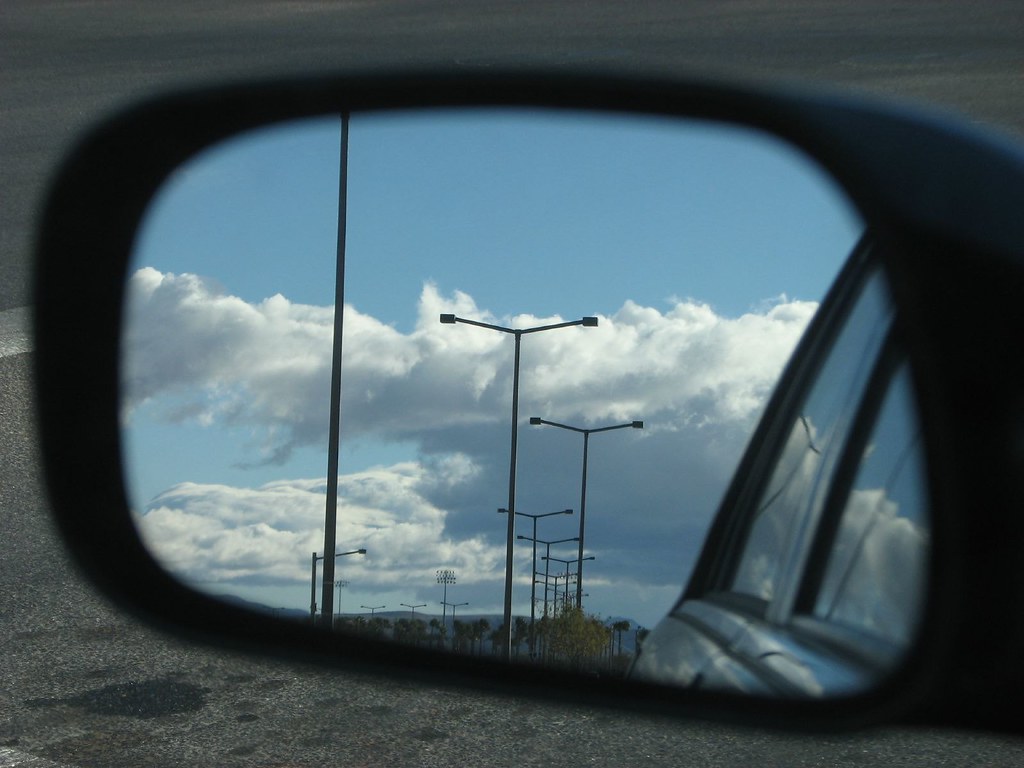the world is not flat
From the Center for Global Development:
In the 2005 WIDER Annual Lecture, “The World is not Flat: Inequality and Injustice in our Global Economy” (PDF), CGD President Nancy Birdsall addresses the challenge that global inequality poses for managing globalization so that it works for the developing world. She first argues that inequality matters to people. Moreover, in developing countries, where markets and politics are far-from-perfect, inequality can be destructive, reducing prospects for growth, poverty reduction, and good government. She then turns to a fundamental problem of globalization--that it is asymmetric, i.e. that it benefits the rich more than the poor, both within and across countries. Birdsall argues that the world is not flat as argued by New York Times columnist Thomas Friedman. Rather, what appears to be a level playing field to people on the surface is actually a field full of craters in which poor people and poor countries are stuck. Birdsall discusses the implications of these craters for shared prosperity, global security, and global social justice. She concludes by suggesting steps for addressing the core problem: We have a global economy but no effective global polity.And if you want physical proof of that inequality - look at our squatter colonies cheek by jowl against our exclusive gated communities.
In the accompanying article Rising Inequality in the New Global Economy (PDF) Nancy Birdsall argues that globalization is disequalizing, rewarding the already rich while leaving the poor behind, and that we need a global polity to address the asymmetric impacts of globalization.
Download slides from the lecture "Why Inequality Matters in a Globalizing World" (PDF, 580KB) delivered October 26, 2005 at the World Institute for Development Economic Research (WIDER) in Helsinki, Finland.
The upside? It's a global problem that will precipitate a global search for solutions. That means there are lessons we can learn from all over the planet. We may even find some of our own.
(This post, prompted in part by this post from manila rat.)










